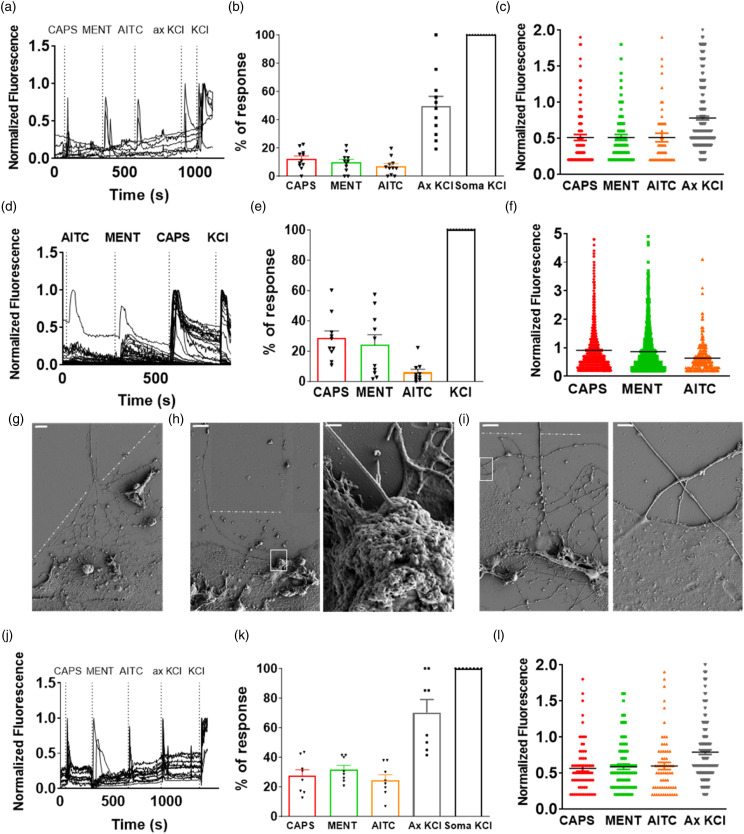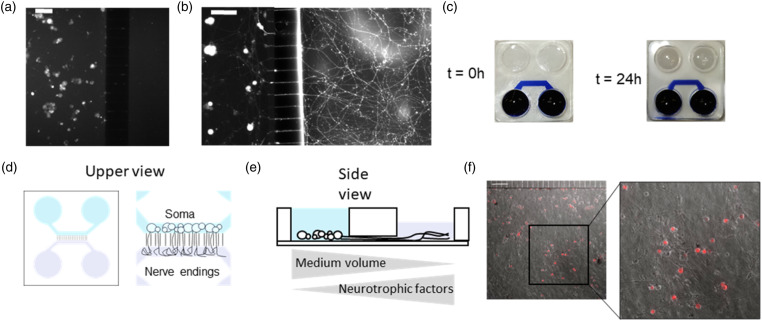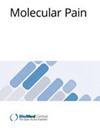Compartmentalized primary cultures of dorsal root ganglion neurons to model peripheral pathophysiological conditions.
IF 2.8
3区 医学
Q2 NEUROSCIENCES
引用次数: 0
Abstract
Neurosensory disorders such as pain and pruritus remain a major health problem greatly impacting the quality of life, and often increasing the risk of mortality. Current pre-clinical models to investigate dysfunction of sensory neurons have shown a limited clinical translation, in part, by failing to mimic the compartmentalized nociceptor anatomy that exhibits a central compartment containing the soma and a peripheral one harboring the axon endings with distinct molecular and cellular environmental composition. Thus, there is a need to validate compartmentalized preclinical neurosensory models for investigating the pathophysiology of peripheral sensory disorders and to test drug candidates. Here, we have addressed this issue and developed a microfluidic-based preclinical nociceptor model and validated it for investigating inflammatory and neuropathic peripheral disorders. We show that this model reproduces the peripheral sensitization and resolution produced by an inflammatory soup and by the chemotherapeutic drug paclitaxel. Furthermore, compartmentalized nociceptor primary cultures were amenable to co-culture with keratinocytes in the axonal compartment. Interaction of axonal endings with keratinocytes modulated neuronal responses, consistent with a crosstalk between both cell types. These findings pave the way towards translational pre-clinical sensory models for skin pathophysiological research and drug development.



背根神经节神经元的分区原代培养以模拟外周病理生理条件。
疼痛和瘙痒等神经感觉障碍仍然是一个主要的健康问题,极大地影响了生活质量,并经常增加死亡风险。目前研究感觉神经元功能障碍的临床前模型显示出有限的临床转化,部分原因是未能模拟分区的伤害感受器解剖结构,该解剖结构显示出包含胞体的中央分区和包含轴突末端的外周分区,具有不同的分子和细胞环境组成。因此,需要验证划分的临床前神经感觉模型,以研究外周感觉障碍的病理生理学并测试候选药物。在这里,我们已经解决了这个问题,并开发了一种基于微流体的临床前伤害感受器模型,并将其用于研究炎症和神经性外周疾病。我们发现,该模型再现了炎症汤和化疗药物紫杉醇产生的外周致敏和消退。此外,区隔的伤害感受器原代培养物适合与轴突区隔中的角质形成细胞共培养。轴突末端与角质形成细胞的相互作用调节神经元反应,这与两种细胞类型之间的串扰一致。这些发现为皮肤病理生理研究和药物开发的转化临床前感觉模型铺平了道路。
本文章由计算机程序翻译,如有差异,请以英文原文为准。
求助全文
约1分钟内获得全文
求助全文
来源期刊

Molecular Pain
医学-神经科学
CiteScore
5.60
自引率
3.00%
发文量
56
审稿时长
6-12 weeks
期刊介绍:
Molecular Pain is a peer-reviewed, open access journal that considers manuscripts in pain research at the cellular, subcellular and molecular levels. Molecular Pain provides a forum for molecular pain scientists to communicate their research findings in a targeted manner to others in this important and growing field.
 求助内容:
求助内容: 应助结果提醒方式:
应助结果提醒方式:


